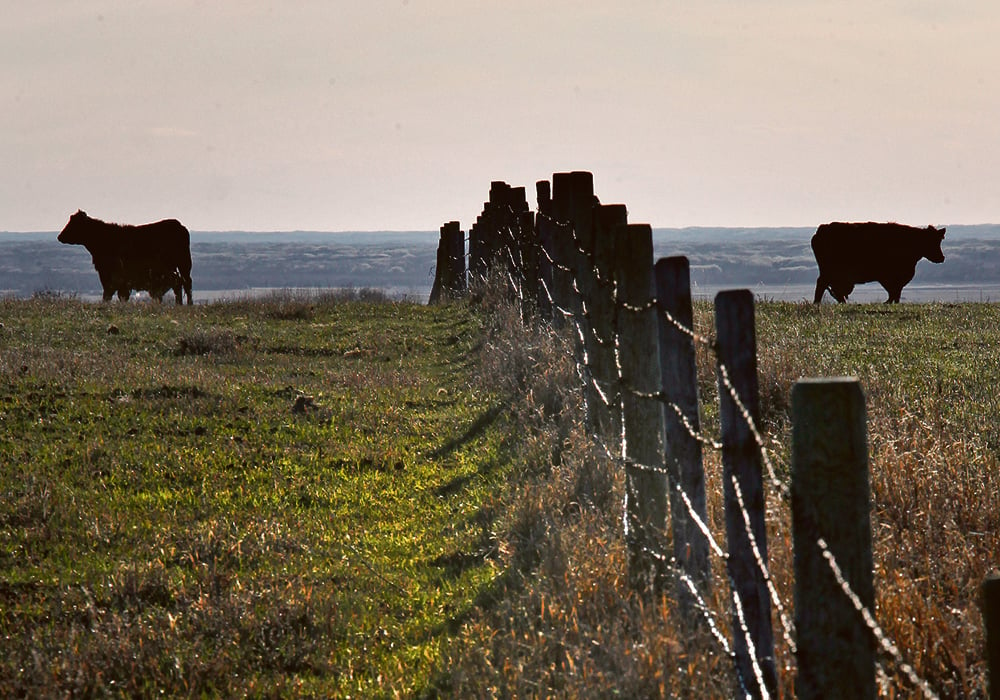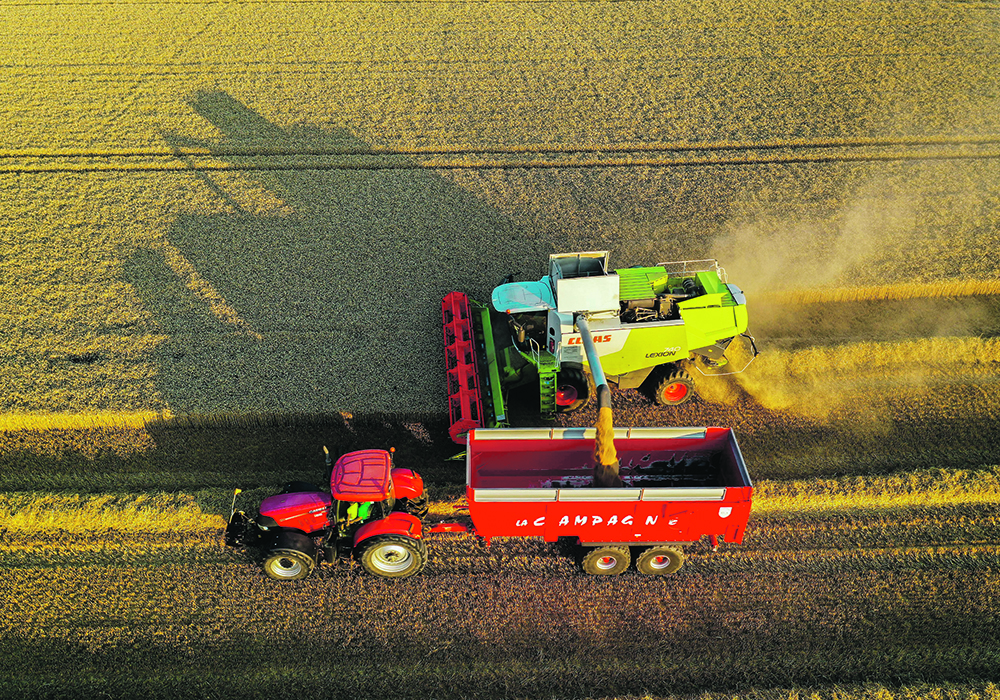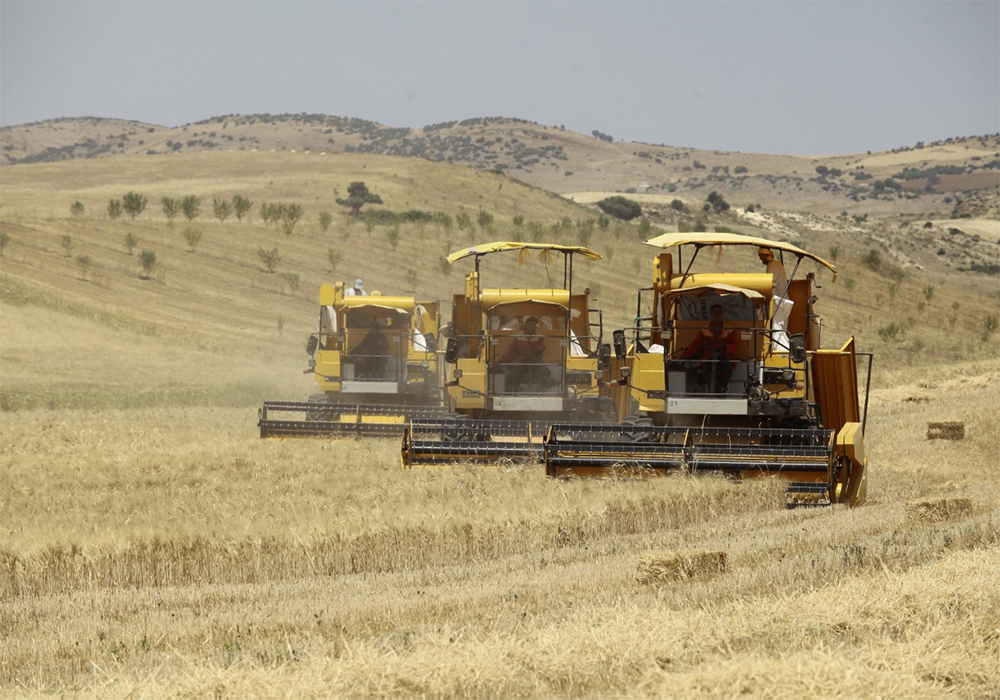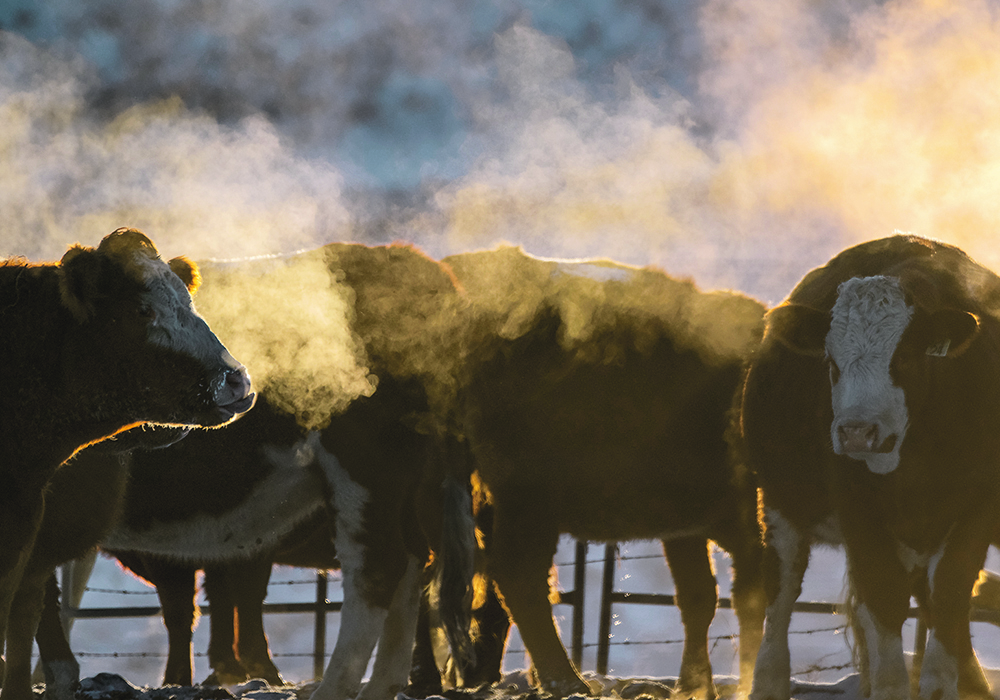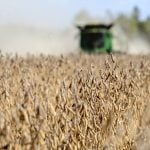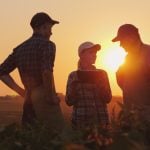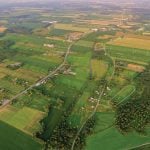As another heat wave descends on the Prairies, retired rangeland agrologist Gerry Ehlert likes what he sees on the Bow Island Provincial Grazing Reserve in southern Alberta.
A good amount of litter, a native pasture that isn’t overly grazed and still a decent percentage of green despite the weather conditions affecting the 35,000-acre reserve.
That rangeland health must be preserved if this year’s weather conditions continue into next season. If it isn’t, the current shortage of affordable feed will become worse, said Ehlert.
Read Also
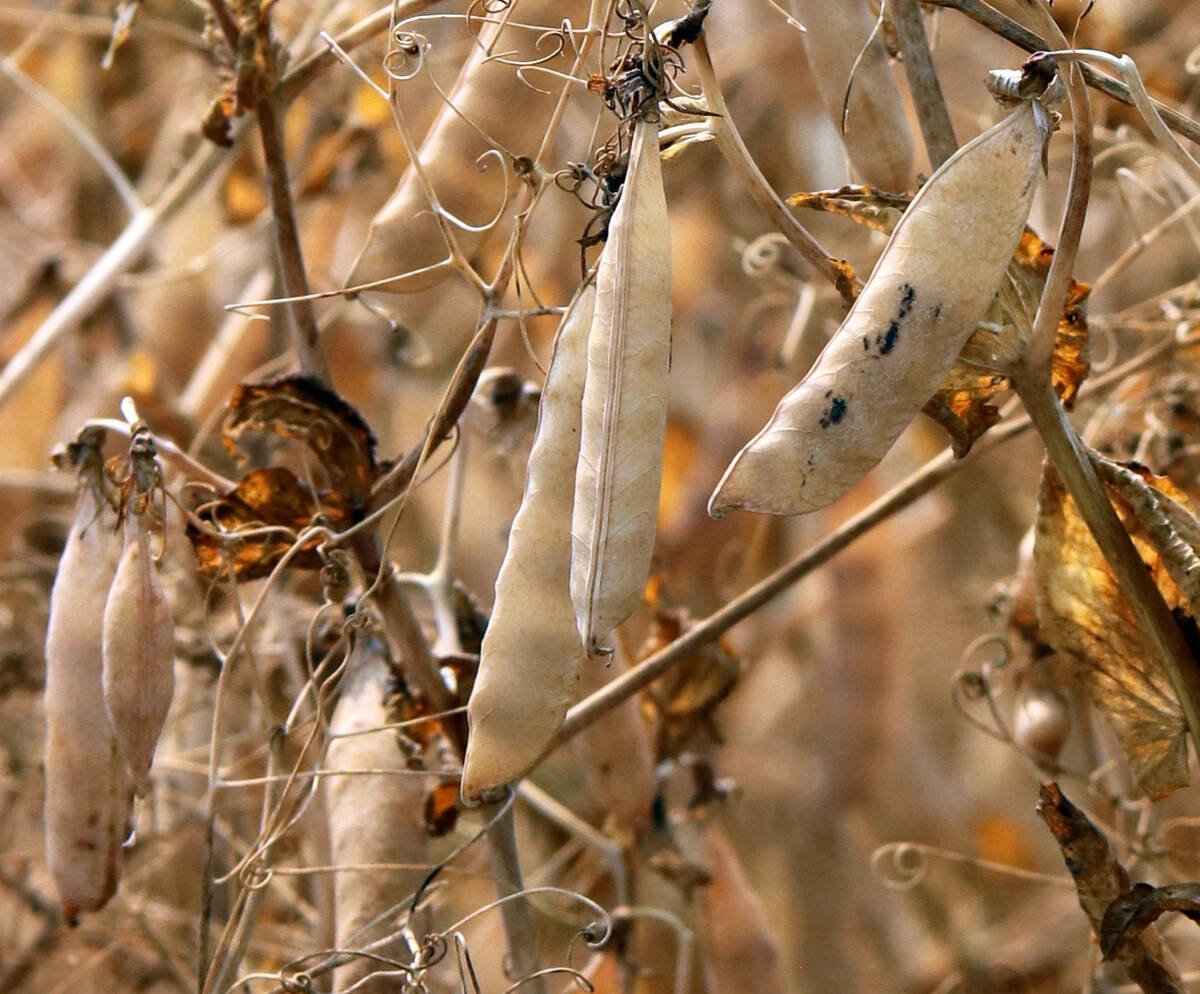
Trump’s tariffs take their toll on U.S. producers
U.S. farmers say Trump’s tariffs have been devastating for growers in that country.
“Stewardship means finding a balance in maintaining a healthy range and having a livelihood,” he said.
While dry, Ehlert stopped short of describing the grazing reserve as drought-affected. The section of southeastern Alberta dry mixed grass has seen about 340 millimetres of rain this year. That’s compared to 2002 where only 230 mm fell in the final year of a three-year drought.
“If we see this next year, we might be into a similar situation as 1999 to 2002. That was a drought,” said Ehlert, careful to add classification of what constitutes a drought can be crop and location specific.
Holding up a clump of needle and thread grass, Ehlert says, “this is the money,” highlighting the value in preserving such ranges as an affordable source of feed.
But there is a cost in keeping such ranges viable.
While the need for feed this year is great and the pressure to graze ranges with available forage is increasing, 60 percent of the shortgrass prairie needs to be carried over until next year to keep the health of the reserve, said Ehlert.
Such rangeland management practises come by way of 130 years of research in southern Alberta. And a history of producers in the region pushing back on top-down approaches to range management by cattle producers, said retired agrologist Barry Adams based in Lethbridge.
After more than a century of measuring the effects of grazing on shortgrass, it boils down to a well-known maxim, “it takes grass to make grass,” said Adams.
That saying, along with a recognition of the need to keep litter in the field showed, “that the healthy range has the ability to snap back,” said Adams, following an examination of the effects of the 2002 situation.
Overgrazed native pastures took years to recover following that drought, he added.
Many of the older ranching families in the region know this well, said Adams.
“This conservative stocking and maintaining healthy range — it’s in their DNA,” he said.
Actions during the 1999-2002 drought also included delayed turnouts, early roundups, de-stocking of some pastures and leaving a quarter of the two million acres of pasture in southeastern Alberta ungrazed.
“What it did was set them up for when moisture came back,” said Adams. “Rather than have an impaired system that would take years to rebuild, they bit the bullet and they took the hard medicine for one or two years.”


